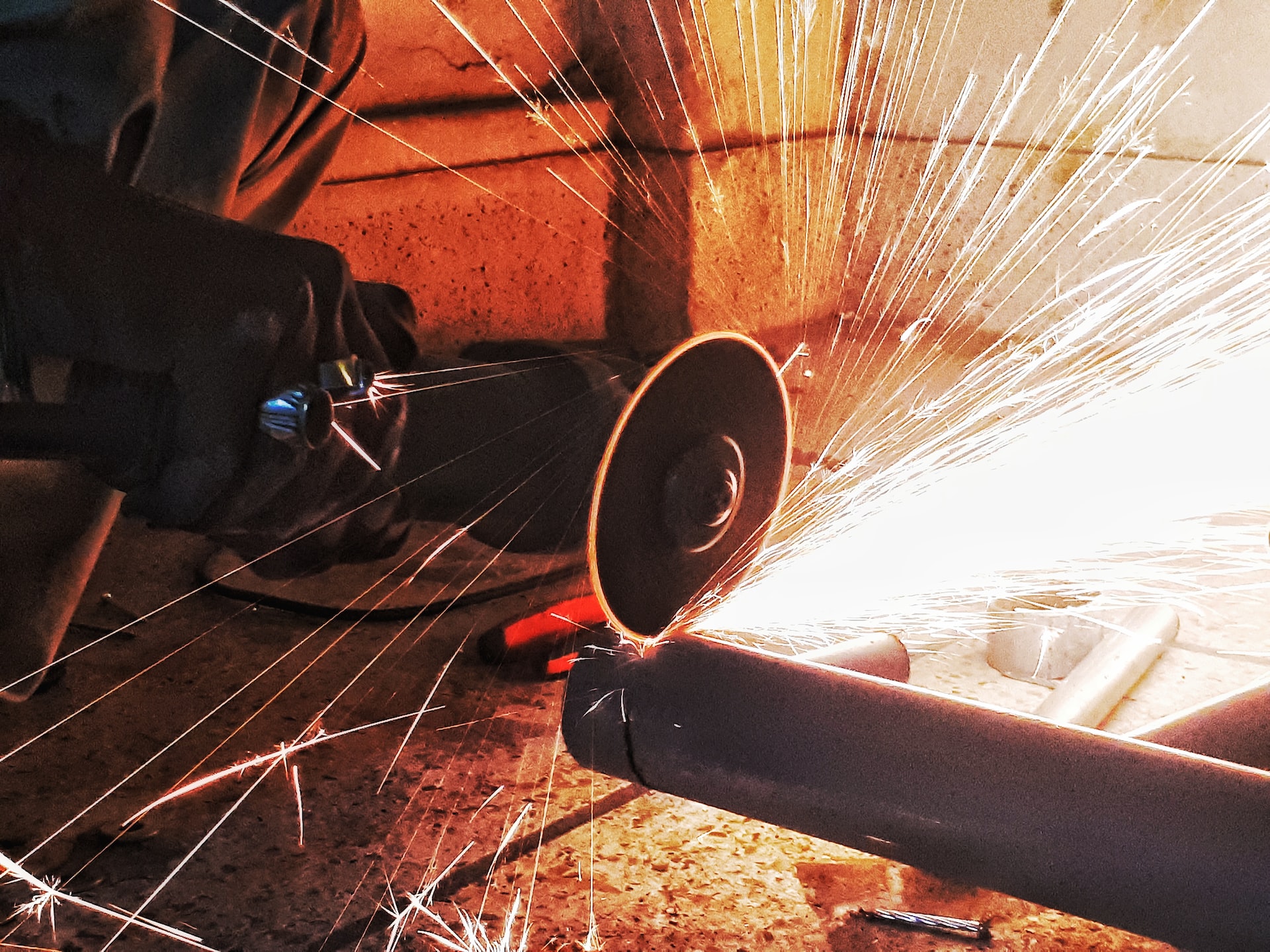Steel fabrication is a vital process in building structures. The process involves creating steel parts that fit together according to plans. It is often completed with other processes like polishing and applying coatings. The finished pieces are then shipped to the construction site for installation. Structural steel is used in many industries, including energy, construction, manufacturing, aerospace, and automotive.
Structural Steel Fabrication
Steel fabrication is a vital process used in the construction industry. The process involves cutting, bending, and welding structural steel into various shapes. Experts in steel fabrication Manitoba reiterated that the process helps in making the material stronger and can be used to create a variety of structures. In addition, steel is 100 percent recyclable, making it an ideal option for sustainable construction. As with any construction project, choosing the right fabricator for the job is important. Third-party fabricators are usually better equipped to do this type of work and can be trusted with your project.
In addition to being flexible, structural steel is also durable and cost-effective compared to other metals. It can also withstand a wide range of conditions and is coated with fire and water-resistant materials. It also withstands earthquakes, making it a great choice for various applications.
Sheet Metal Cutting
Steel fabrication is shaping steel into the parts needed for a specific purpose. It starts with a detailed technical drawing. Using a variety of tools, the steel is then cut into the desired shapes and sizes. These parts are then assembled to form the desired steel part. The assembling process is often performed by welding or soldering. Steel is typically cut using two different tools, with the top blade at an angle to the bottom. The angle allows the blade to only touch a small portion of the sheet metal at a time. This results in smaller pieces that can be handled more easily.
Notching
Notching in steel fabrication is a technique that allows for more precise cuts. While it is not a highly complex process, it does require some skill and knowledge of the material. Notching skills are typically acquired over many years of practice.
Notching in steel fabrication can be very effective in a variety of situations and can save a lot of time and effort when creating steel structures. You can achieve the level of precision you need by checking the right machines from this 5 Axis Machine shop.
One of the most common uses of notching is in the fabrication of metal boxes. This process uses a punch or metal shearing press to create the cuts. The resulting tabs create contact points for welding. In addition to metal fabrication, notching is also used for woodworking applications. It is usually performed on the edge of flat stock.
Heat Treatment
One of the main purposes of heat-treating metal is to increase its strength and durability. This steel fabrication method can also increase a material’s flexibility and reduce brittleness. It also improves the appearance of a material by reducing its grain size. When done correctly, heat treatment can result in a tough, uniform core that resists corrosion and wear. The process of heat treating a metal involves heating it to a certain temperature and then cooling it to achieve the desired properties. It is a complex process, and a variety of factors must be considered when determining the treatment results.
Durability
Durability is the key when it comes to steel fabrication. Steel is a solid material, and it will hold up to harsh conditions. As a result, fabricated steel buildings and tools are more durable than any other material. Additionally, fabricated steel tools can be recycled and are more environmentally friendly than many other materials. In addition, fabricated steel takes longer to decompose in landfills, which helps to reduce pollution.
Because of its durability, steel does not require as much maintenance as other building materials. While steel does suffer from gradual wear and tear, it doesn’t deteriorate nearly as rapidly as other materials. This makes steel a preferred building material for various purposes and circumstances.
Environmental Friendliness
Environmental friendliness is a crucial attribute of steel fabrication. Although some critics have expressed concerns about the impact steel has on the environment, recent research shows it is one of the most environmentally friendly materials available. For example, steel can be recycled, resulting in fewer carbon emissions. Steel is also highly durable and can withstand earthquakes and extreme weather conditions. It can also be designed to be vandal-resistant and resistant to rust. Because it is long-lasting, it will be in use for years, which reduces the need for wood frames and the widespread felling of trees.


